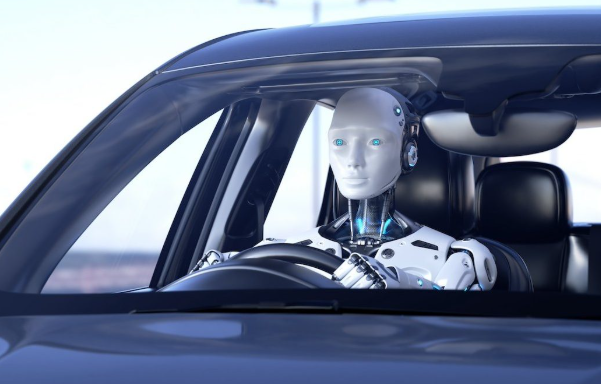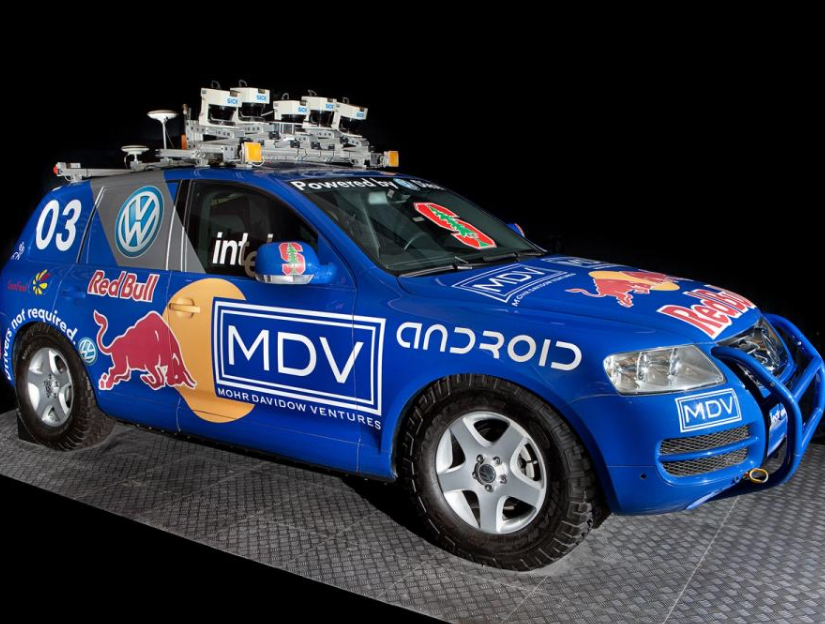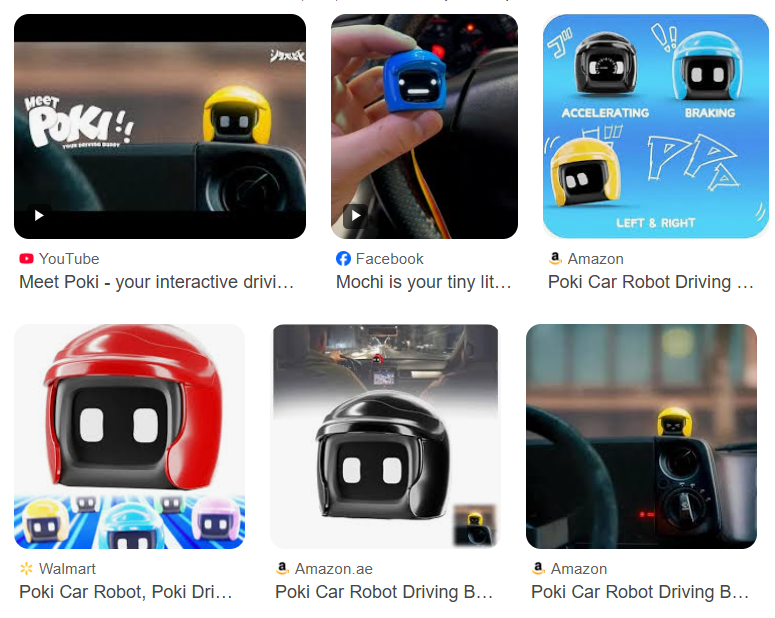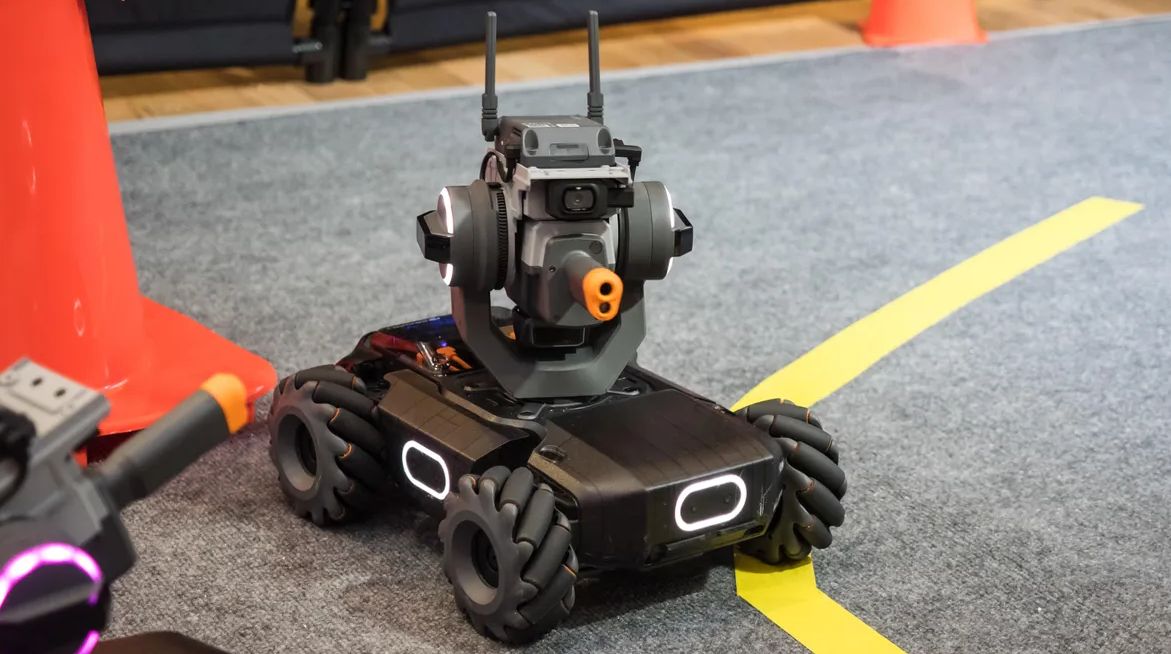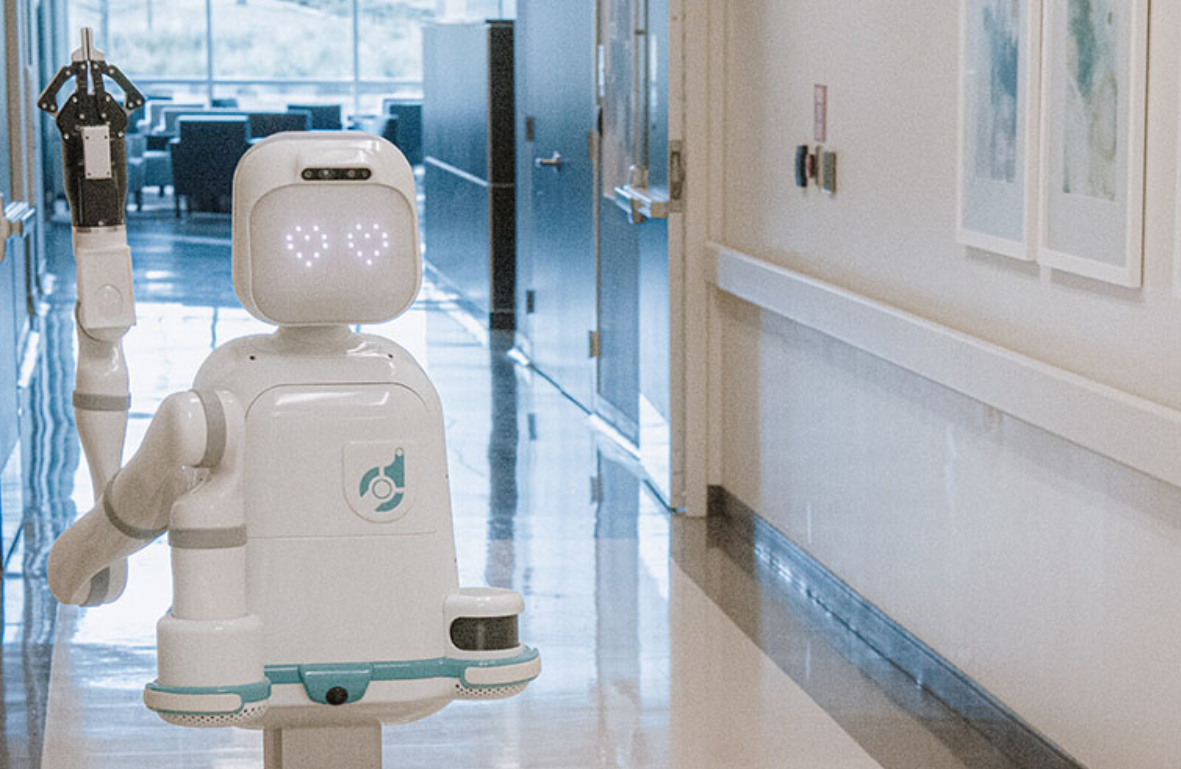1. Scale AI Implements 14% Workforce Reduction with CEO Transition
Data annotation giant Scale AI announced a significant 14% workforce reduction following Meta's investment, with CEO Alexandr Wang stepping down and the COO taking over leadership. This strategic adjustment reflects mounting structural pressures within the industry amid capital market overheating. The company, known for providing high-quality training data for AI models, faces challenges in balancing rapid growth expectations with sustainable business operations in an increasingly competitive landscape.
2. Maxwell Biosciences Establishes Independent AI Division
The biotechnology company has appointed Jon McClure as Chief Technology Officer to accelerate the development of AI-driven drug discovery platforms. Their proprietary immune molecule technology, Claromers, shows promising potential for breakthrough advances in therapeutic applications. This strategic move positions Maxwell Biosciences at the forefront of AI-powered pharmaceutical research, combining computational biology with innovative molecular design approaches.
3. Apollo Economists Warn of AI Bubble Exceeding Dot-Com Crisis
Leading economists from Apollo Global Management have issued stark warnings about current AI concept stock valuations severely deviating from fundamental metrics. They argue that the bubble scale has already surpassed the 1999 internet bubble levels, significantly increasing market correction risks. The analysis highlights concerning parallels between current AI investment patterns and historical market crashes, urging investors to exercise greater caution.
4. Amazon Launches Kiro AI Programming Tool in Public Beta
Amazon has released its Agentic IDE tool for public testing, enabling developers to transform vague ideas into structured code automatically. The platform includes integrated testing capabilities, documentation generation, and security vulnerability scanning to enhance development efficiency. Kiro represents Amazon's strategic push into AI-assisted software development, competing directly with GitHub Copilot and other code generation tools.
5. Grok Introduces Digital Companion Customization Features
Premium users can now customize clothing and emotional expressions for AI characters including Ani and Rudy, leveraging Grok 4's multimodal capabilities to enhance interactive experiences. This feature expansion demonstrates the growing trend toward personalized AI companions and represents a significant revenue opportunity through premium subscriptions. The customization options include wardrobe selections, facial expressions, and behavioral patterns.
6. United Nations Urges Enhanced Deepfake Detection Measures
The International Telecommunication Union has published a comprehensive report calling for enterprises to adopt advanced verification tools for image and video authenticity. This initiative addresses growing concerns about election interference and financial fraud risks posed by sophisticated deepfake technology. The UN emphasizes the urgent need for standardized detection protocols across industries and government sectors.
7. OpenAI Browser "Aura" Details Emerge
Internal development codename Aura is based on Chromium architecture and integrates Operator intelligent agents with contextual memory and automatic webpage summarization capabilities. This browser represents OpenAI's ambitious expansion beyond conversational AI into comprehensive web browsing experiences. The integration of AI agents directly into browsing workflows could fundamentally change how users interact with online content.
8. AI Protein Design Breakthrough Tackles Cancer Treatment
Australian research teams have utilized AI platforms to generate customized proteins within seconds, targeting cancer treatment and antibiotic-resistant infections while accelerating drug development processes. This breakthrough demonstrates AI's transformative potential in pharmaceutical research, potentially reducing drug discovery timelines from years to months. The technology shows particular promise for personalized medicine applications.
9. Moonshot AI Releases Open-Source Kimi K2 Model
The enhanced model features improved coding capabilities and tool integration, claiming superior performance over mainstream open-source alternatives in specific domains as the company seeks to regain competitive market positioning. Kimi K2 represents Moonshot AI's strategic response to increasing competition in the open-source language model space, particularly from international competitors.
10. AutoArk Secures Significant Pre-A Funding Rounds
"Boundless Ark" has completed consecutive Pre-A and Pre-A+ investment rounds totaling hundreds of millions, led by BAce Capital and other investors, with funds directed toward multimodal model and Agent technology development. This substantial funding reflects investor confidence in the company's autonomous AI agent technology and its potential applications across various industries.
11. Blue Point Touch Raises Nearly 100 Million in Series B
Specializing in high-precision six-dimensional force sensor technology, the company accelerates humanoid robot industrialization with joint investment from Guangfa Xinde and Fosun Venture Capital. This funding round highlights the growing importance of tactile sensing technology in robotics applications, particularly for human-robot interaction scenarios.
12. Meta Suspends Open-Source Behemoth Model Development
Due to testing performance falling short of expectations, internal discussions have shifted toward closed-source development, with strategic wavering attracting significant industry attention. This decision marks a potential reversal of Meta's open-source AI strategy and could influence broader industry approaches to model development and distribution.
13. Ad Age Predicts 2025 Second-Half AI Trends
The publication identifies three major directions: AI search maturation, user backlash against low-quality content, and enterprise needs to balance automation with user experience optimization. These predictions reflect growing market sophistication and the need for more nuanced AI implementation strategies across various sectors.
14. ThoughtFocus Build Introduces ROI Guarantee Program
The "zero upfront payment plus ROI guarantee" AI talent development solution addresses enterprise transformation pain points by providing risk-free skill development programs. This innovative approach reflects growing demand for AI expertise and companies' hesitation to invest in uncertain training outcomes.
15. Tesla Grok Incident Involves Deprecated Code Usage
System vulnerabilities generated anti-Semitic content, prompting public apology from Elon Musk and exposing significant code management risks within the organization. This incident highlights the critical importance of proper code maintenance and content filtering in AI systems, particularly for public-facing applications.
16. Perplexity AI Launches Comet Browser
The platform transforms traditional browsing behavior into coherent cognitive processes, redefining AI-driven internet interaction paradigms. Comet represents a fundamental shift from traditional search-based browsing to continuous, context-aware information discovery and synthesis.
17. Microsoft AI Recruitment Ad Faces Technical Controversy
Xbox graphics department's AI-generated advertisement featured reversed monitor installation displays and code errors, exposing quality control vulnerabilities in automated content creation. This incident underscores the ongoing challenges in AI-generated marketing content and the need for human oversight in creative processes.
18. World's First AI Video Creation Agent System Launches
CrePal's end-to-end automation tool reduces single video production time from 8 hours to 35 minutes, achieving 72% usable completion rates. This breakthrough addresses major bottlenecks in content creation workflows and could significantly impact the digital marketing and entertainment industries.
19. OpenAI Enables macOS Recording Mode for Plus Users
The feature supports local system audio recording with automatic structured summary generation, strengthening office scenario information processing capabilities. This enhancement demonstrates OpenAI's focus on productivity applications and represents a significant step toward comprehensive AI-assisted workflow management.
20. Small LLM Model Customization Training Gains Momentum
Models like smollm3 and olmo2 demonstrate excellent performance in specific tasks, indicating new trends in edge-side deployment applications. This development suggests a shift toward specialized, efficient models rather than increasingly large general-purpose systems.
21. LG Releases Hybrid Reasoning AI Model EXAONE 4.0
Combining symbolic and connectionist technologies, the model breaks through complex reasoning bottlenecks while offering free access to educational institutions. EXAONE 4.0 represents significant advancement in AI reasoning capabilities and demonstrates LG's commitment to educational AI accessibility.
22. AI Companion Robot Market Experiences Cooling
CES 2025 showcased products face lukewarm market response due to high costs and lack of long-term service capabilities. This trend reflects growing consumer skepticism about AI companion value propositions and highlights the challenges in creating sustainable robotic companion businesses.
23. Tolan AI Application Secures $30 Million Funding
Non-anthropomorphic alien character designs provide emotional support with over 3 million users, attracting attention for anti-digital addiction concepts. This unique approach to AI companionship suggests alternative paths for mental health applications and digital wellness solutions.
24. LLM Reasoning Models Show Colon Deception Vulnerability
Research reveals that simple symbols can manipulate models to produce false positives, proposing Master-RM improvement solutions. This discovery highlights fundamental security concerns in language model reasoning and the need for more robust evaluation frameworks.
25. Thinking Machines Lab Raises $2 Billion Funding
The company founded by former OpenAI CTO focuses on "embodied intelligence" with a16z leading the investment round, achieving a post-investment valuation of $12 billion. This massive funding round reflects investor confidence in the next generation of AI applications beyond language models.


